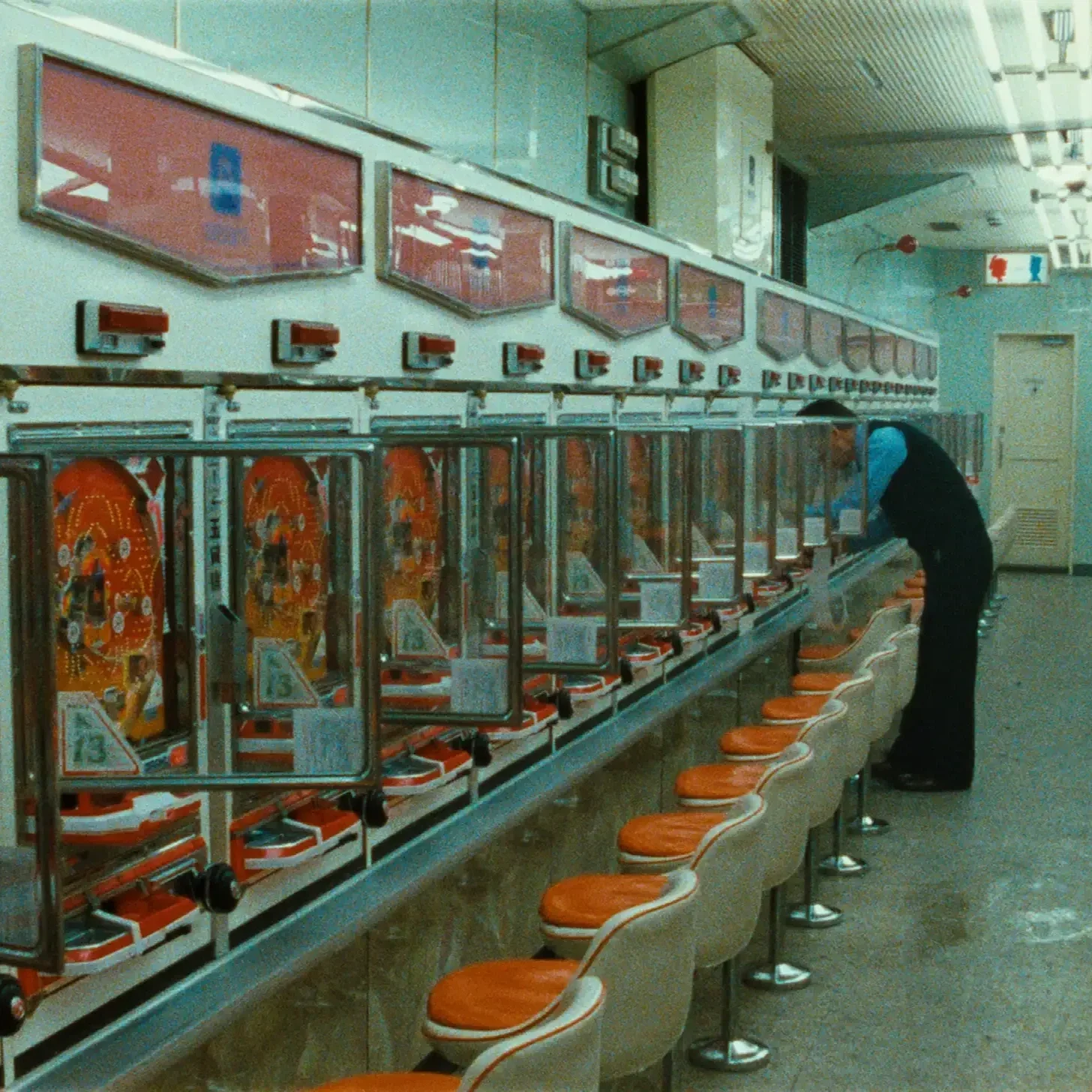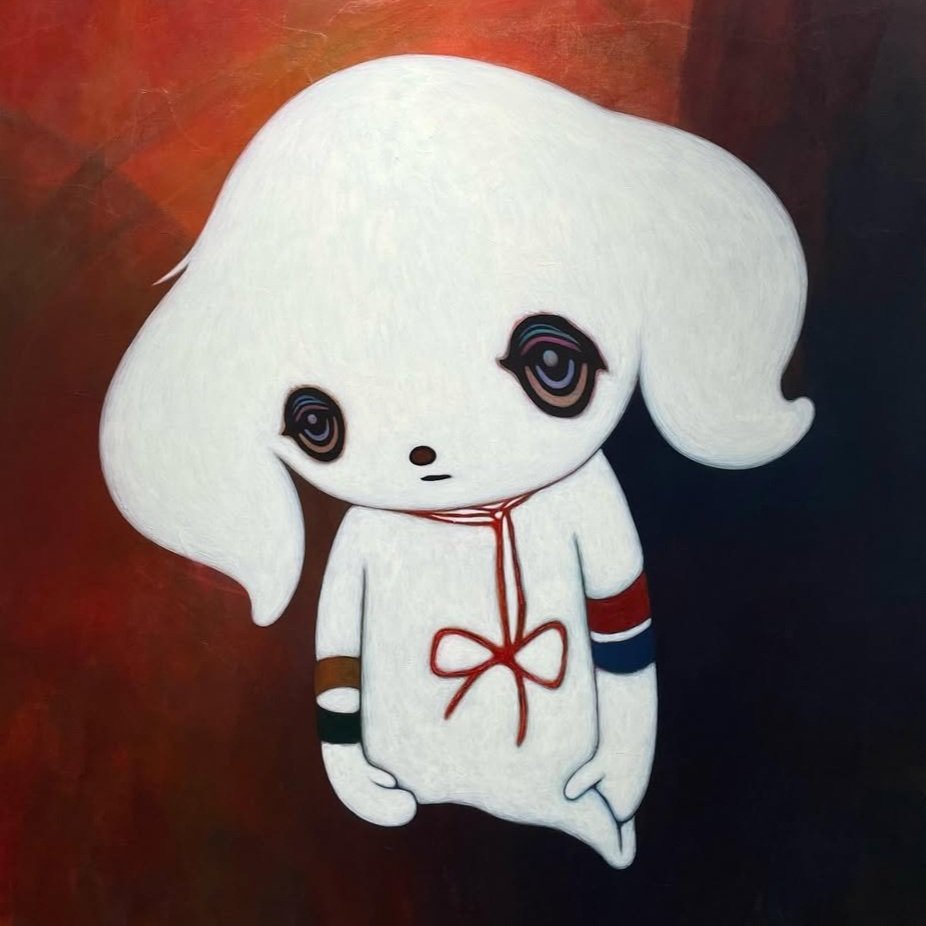Joe Hisaishi’s Journey - Crafting Worlds with Music
Joe Hisaishi│© Nick Rutter
If you’ve watched a Studio Ghibli film and felt your heart swell during a breathtaking scene, chances are Joe Hisaishi was behind the magic. The Japanese composer has been crafting some of the most emotional and iconic soundtracks for decades.
Whether it’s through the resurgence of Ghibli films, a Japanese lo-fi hip hop playlist on YouTube or his live orchestral performances reaching new audiences worldwide, Hisaishi’s melodies are more than ever a representation of the most tender side of Japanese culture.
Joe Hisaishi is the perfect composer to add to your playlist—and trust me, your heart will thank you.
Who is Mamoru Fujisawa?
Mamoru Fujisawa born in Nagano on December 1950, better known as Joe Hisaishi, is a name synonymous with some of the most beautiful, emotive music in modern cinema. His compositions have become an inseparable part of Japanese cultural exports, especially through his collaborations with Hayao Miyazaki and Studio Ghibli. His career spans decades and went far beyond movies and animated films.
As a child, Fujisawa was captivated by music, especially Western classical music. Recognising his talent, his parents encouraged him to begin music lessons at an early age. He later attended Kunitachi College of Music, where he studied modern music and composition.
During these formative years, Fujisawa was deeply influenced by maestro Takeo Watanabe (known for Heidi and Mobile Suit Gundam), who introduced him to avant-garde and experimental techniques. At the same time, on the other side of the musical spectrum, Fujisawa was drawn to classical composers like Shostakovich, Schönberg, Webern, and Claude Debussy. One crucial moment in his musical journey was discovering Terry Riley’s A Rainbow in Curved Air, which was Fujisawa’s gateway to the world of minimalist composers such as Steve Reich, Philip Glass, and Arvo Pärt, whose romantic and uber minimalist styles would later shape some of his most iconic works.
Between the late 1970s and the early 1980s, Fujisawa’s compositions drew heavily from Japanese popular music, electronic music, and New Age influences. He was also heavily inspired by Japan’s pioneers of electronic music: Yellow Magic Orchestra.
Also in this period, he decided to adopt the stage name “Joe Hisaishi” as a tribute to American jazz musician Quincy Jones. The name change was symbolic: “Joe” referred to “Jones,” while “Kuishi” (pronounced similarly to Quincy) shared the same kanji as “Hisaishi.”
His early solo albums, such as MKWAJU (1981), Information (1982), and Curved Music (1986), introduced the world to his distinctive style, blending minimalism with electronic soundscapes while pushing the boundaries of contemporary composition.
Crafting Worlds with Music
The turning point in Hisaishi’s career came in the 1980s when he was introduced to one of Japan’s most iconic filmmakers in the realm of animation: Hayao Miyazaki. Their first collaboration, Nausicaä of the Valley of the Wind (1984), marked the beginning of a musical and creative synergy that would span decades. The score was unlike anything heard before in animated films up to that point—synthesizers and drum machines organically blended with real played orchestras, for a deeply emotional sound that mirrored the film’s themes of environmentalism, resilience, and wonder.
As Studio Ghibli was founded, Hisaishi became the go-to composer for most of Miyazaki’s films. From the gentle, nostalgic melodies of My Neighbor Totoro to the epic, sweeping grandeur of Princess Mononoke, to the magical wonder of Spirited Away, Hisaishi’s music became an essential part of Ghibli’s storytelling. His compositions enhanced the emotional depth of the characters and worlds Miyazaki created, making the stories feel all the more real and heartfelt.
In Totoro, for example, Hisaishi’s score captures the innocence and curiosity of childhood, while in Mononoke, his use of bold orchestral arrangements underscores the film’s intense battles and themes of nature’s struggle against humanity. His ability to adapt to different narratives, while maintaining his own unique voice, is part of what makes his work so timeless.
Hisaishi’s work became synonymous with the emotional core of Miyazaki’s stories. The music is so integral to the Ghibli films that it often feels as though the characters are moving through a living, breathing symphony.
Hisaishi’s collaboration with Miyazaki went beyond just scoring films. Sharing a deep friendship, their mutual respect for each other’s craft led to a seamless creative partnership, developed in a mutual trust, allowing Hisaishi the freedom to explore different musical ideas.
Their shared vision of storytelling through both animation and music is what sets Studio Ghibli apart. Hisaishi once said that composing for Miyazaki felt like creating a “musical language” that could speak directly to the soul, and this sentiment is echoed in the music that has become beloved across generations.
Hayao Miyazaki & Joe Hisaishi during the production of The Boy & The Heron│© Studio Ghibli
The Unique Collaboration with Takeshi Kitano
While Hisaishi’s work with Miyazaki is what most audiences know him for, his collaboration with director Takeshi Kitano offers an intriguing contrast, revealing a very different side of his talents.
Kitano, known for his quiet, introspective, and often violent films, sought a different kind of musical accompaniment—one that could underline the stillness and melancholy of his narratives.
In order to achieve these completely different vibes, Hisaishi uses minimalist techniques, weaving in delicate piano motifs and ambient sounds, creating a haunting, contemplative mood, almost a meditative approach to scoring that contrasts sharply with the films’ often brutal subject matter.
Look for instance at A Scene at the Sea (1991), where Hisaishi found a new avenue for his talents. The film, a quiet drama about a deaf man who becomes passionate about surfing, was a far cry from the fantastical worlds of Miyazaki.
Yet, Hisaishi’s score is one of his most hauntingly beautiful works. The minimalist piano and strings perfectly captured the film’s emotional subtlety and poetic silence.
Their following collaboration, Sonatine (1993), was a marked departure in tone, featuring Kitano’s signature brand of dark humor and violence. Hisaishi’s music again elevated the film, providing a delicate balance between the brutality on screen and the emotional depth beneath it. The partnership continued with films like Kids Return (1996), Hana-bi (1997) and Kikujiro (1999). Where the last two touching, melodic scores, became just as memorable as the films themselves.
Brothers (2000) and Dolls (2002) were the last two films of the duo before the departure caused (as said by Kitano himself) by financial reasons.
Beyond Animation and Cinema
Outside of his prolific work in film, Joe Hisaishi has maintained a successful solo career. His early experimental album MKWAJU, Information and Curved Music which merged electronic music with traditional Japanese elements, laid the groundwork for a diverse range of solo projects.
Over time, he moved toward more orchestral and symphonic pieces, often performing live around the world. His iconic Studio Ghibli scores have been played by some of the most prestigious orchestras in the world like the London Royal Philarmonic Orchestra and the Wiener Symphoniker, and did sold-outs in some of the most popular arenas like the Madison Square Garden in New York City, Budokan in Tokyo and the Royal Albert Hall in London. Hisaishi’s talents go far beyond the realms of animation and crime dramas. He has written symphonies, concertos, and chamber music, showing his deep love for classical music.
It’s easy to understand why his influence can be felt in the next generation of composers like Robert O. Rusli (Problemista) who cites him as a major inspiration.
The Enduring Power of Joe Hisaishi’s Music
What makes Joe Hisaishi’s music so enduring is its ability to evoke deep emotion. Whether through the soaring orchestrations of Howl’s Moving Castle or the delicate piano notes in A Scene at the Sea, his music transcends the films themselves, creating an emotional connection with listeners. While his motifs linger in the mind, long after the final credits roll, his melodies are often simple yet profound, carrying an emotional weight that lingers long after the final note has been played.
One more element that makes Hisaishi’s work so powerful is its accessibility. Whether you are a trained musician or someone with no formal musical background, his compositions have a universal language. This is perhaps most evident in his live performances, where audiences from all walks of life come together to experience the magic of his music. In these moments, it becomes clear that Hisaishi’s gift lies in his ability to translate complex emotions into sound, making you feel something deeply personal yet universally shared.
Joe Hisaishi’s career is a testament to the power of music to shape and elevate stories. Hisaishi has crafted a legacy that few composers can match. His melodies, at once simple and profound, continue to inspire, making him one of the most celebrated composers of our time. Whether on screen or in concert halls Joe Hisaishi will continue to be a musical storyteller whose work will be cherished for generations to come.
BONUS - Joe Hisaishi in 10 Songs
One Summer’s Day - from Spirited Away
Merry-Go-Round of Life - from How’s Moving Castl
The Rain - from Kikujiro
Silent Love - from A scene at the Sea
Hana-Bi - from Hana-bi
A Journey - A Dream of Flight - from The Wind Rises
Kids Return - from Kids Return
Mother’s Broom - from Kiki’s - Delivery Service
Ashitaka and San - from Princess Mononoke
Sonatine - Act of Violence - from Sonatine









The world and legacy of Japan's most renowned composer.